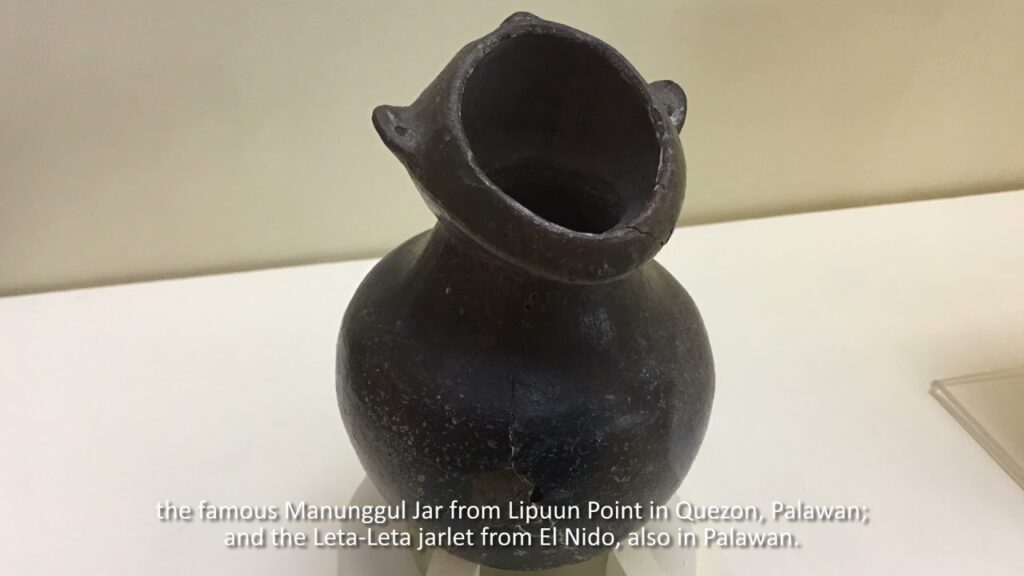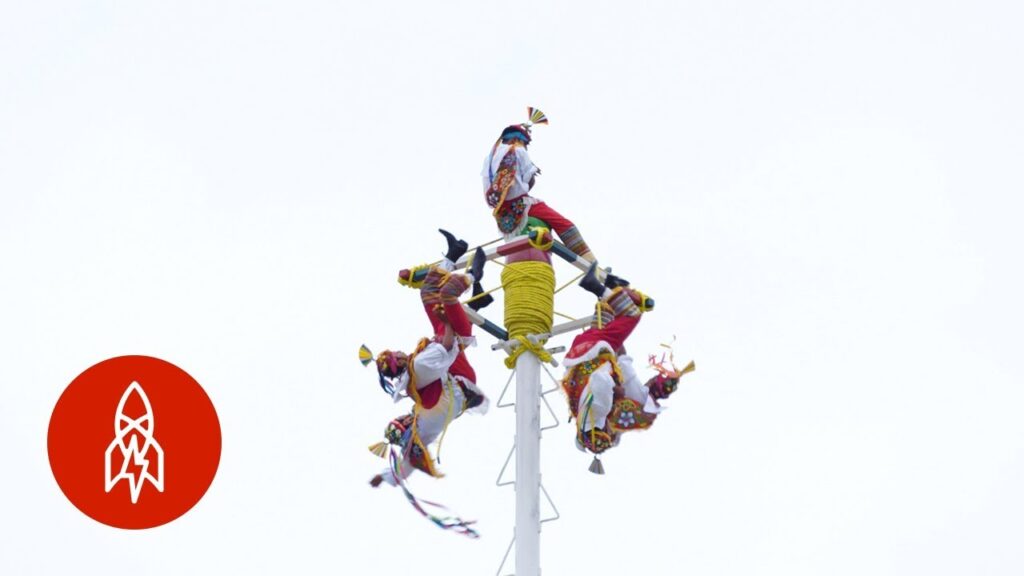Exploring the Wonders: The National Museum of Anthropology and History
Nestled in the heart of Mexico City’s Chapultepec Park, the National Museum of Anthropology and History is not just a window into the past; it’s a gateway to understanding the rich tapestry of cultures that have shaped Mexico. As one of the most significant museums in Latin America, it’s no wonder that this impressive institution attracts culture enthusiasts and casual tourists alike. Within its walls, the museum preserves and showcases the largest collection of ancient Mesoamerican artifacts in the world, including the iconic Stone of the Sun, often mistakenly referred to as the «Aztec Calendar.»
The museum’s architecture alone is worth noting, with its sleek lines and an iconic fountain in the central courtyard, designed by Mexican architect Pedro Ramírez Vázquez. Each hall is dedicated to a particular culture or period of Mexican history, such as the Maya, Aztec, and Olmec civilizations. As you meander through the displays, take note of the intricate designs and craftsmanship that have survived centuries. The museum not only serves as a reminder of the past but also as an inspiration for modern artistry and design.
To truly appreciate the depth of the museum’s offerings, one must take their time exploring the vast array of relics and exhibitions. Not to be missed is the Parthenon of Teotihuacan, where murals from the pre-Columbian city offer a colorful glimpse into an ancient world. The ethnographic exhibitions on the ground floor present a detailed overview of the diverse indigenous peoples of Mexico, boasting an impressive collection of textiles, pottery, and tools that provide a tangible connection to traditions that are still very much alive today. Every artifact tells a story, and the National Museum of Anthropology and History is brimming with narratives waiting to be discovered.
A Glimpse into Ancient Civilizations as The National Museum Reopens
The much-anticipated reopening of Mexico’s National Museum of Anthropology offers visitors a window into the complex tapestry of ancient civilizations that once thrived across the nation. From the towering pyramids of the Maya to the vast urban landscape of the Aztec capital, the museum showcases an incredible array of artifacts that bring to life the customs, achievements, and mysteries of these indigenous cultures. Immersive dioramas, accurate reproductions of archeological sites, and interactive exhibits engage visitors of all ages, allowing them to explore the rich heritage of Mexico’s ancestors.
Spectacular treasures await those who venture through the museum’s halls, where the legendary Sun Stone—often mistakenly referred to as the Aztec Calendar—takes center stage, telling a story that transcends time. Detailed carvings on the monumental basalt disc narrate the Aztec understanding of the cosmos and the intricate calendar system they devised. Surrounding the Sun Stone, an array of exquisitely crafted gold jewelry, delicate pottery, and stone sculptures challenge our understanding of pre-Columbian technology and artistry.
In addition to physical artifacts, The National Museum celebrates the intangible lore of these civilizations with a variety of programs and demonstrations. Vivid dance performances reintroduce ancient rituals to the modern world, while expert-led workshops invite hands-on experiences with traditional crafts. The museum’s reopening is not merely a display of historical objects but a revival of the spirit of the peoples who have shaped Mexico’s cultural landscape. The stories of the Maya, Aztec, Zapotec, and other indigenous groups are told with reverence, illustrating their enduring influence on contemporary Mexican life.
New Exhibits to Discover at The National Museum of Anthropology and History
Mexico City is a treasure trove of cultural heritage and the National Museum of Anthropology and History stands at its heart, inviting both locals and tourists to explore the rich history of the region. This season, the museum unveils several new exhibits that are sure to captivate anyone interested in the ancient civilizations of Mexico. The latest collection includes artifacts that have recently been unearthed and are on display for the very first time, allowing visitors an unprecedented look into the past.
Among the highlights of the new additions is the «Voices of the Land,» an immersive experience that delves deep into the pre-Hispanic era. Here, visitors can discover the intricacies of indigenous languages, some of which are endangered or have already disappeared. Utilizing cutting-edge technology, the exhibit not only teaches about the languages but also tells a story of the people who spoke them, giving voice to Mexico’s ancestral cultures.
The exhibit titled «Rituals and Rulership» showcases a collection of ritual objects and royal attire from various Mesoamerican civilizations, including the Maya and the Aztec. The display provides intricate details into the societal and political structures of these ancient cultures, revealing how power and religion were deeply interwoven in their worldviews. Spectacular headdresses, intricate jewelry, and ceremonial blades are among the items that help narrate the story of leadership and divinity in ancient Mesoamerica.
In a special collaborative effort titled «Traces of Splendor,» Mexican archaeologists teamed up with international experts to present recent findings from notable archaeological sites around Mexico. This exhibit not only showcases the relics but also highlights the rich narratives and legends associated with them. It features a multimedia section where visitors can interact with digital reconstructions of historical sites, allowing for a dynamic educational experience that brings history to life.
Planning Your Visit to the Newly Reopened National Museum in Mexico
After a significant renovation period, the National Museum of Mexico has once again opened its doors to the public, offering a blend of historical artifacts and cultural treasures that represents the heart of Mexico. Preparing for your visit involves a bit of planning to ensure you can fully embrace the rich experience. One of the key things to remember is to check the museum’s official website for the latest visitor information, as details can change.
When planning your schedule, you should consider dedicating at least half a day to explore the museum’s vast halls and exhibitions. The museum features a wide array of exhibits, ranging from ancient Mesoamerican civilizations to the colonial era, and up to Mexico’s contemporary period. Arriving early can help you avoid the crowds, especially during peak tourist seasons, and provide a more leisurely pace as you wander through the corridors teeming with history.
Advance ticket purchases can save you time once you arrive. Often, the museum offers the convenience of buying tickets online, allowing you to bypass the long lines that can form at the entrance. Additionally, consider hiring a certified guide or using an audio guide to enrich your visit. These guides can offer insight into the nuances of the museum’s exhibits, revealing stories and facts that might otherwise go unnoticed.
Lastly, respect the museum’s rules and guidelines to preserve the sanctity of the exhibits. Flash photography is typically prohibited to protect delicate artifacts, and areas may be designated ‘no touch’ zones to prevent damage. Wearing comfortable shoes is also advised as you’ll be on your feet for several hours. By following these simple tips, your visit to the National Museum will not only be informative but also enjoyable.



